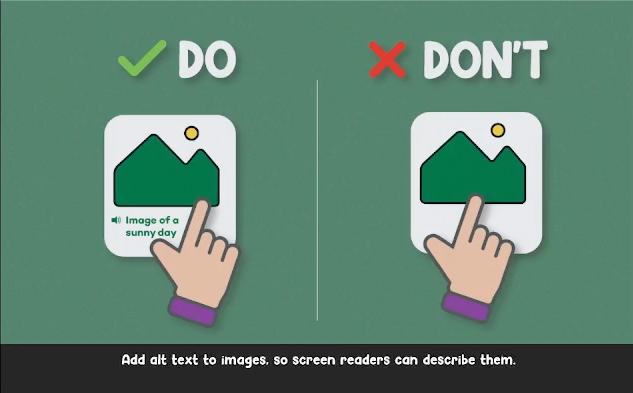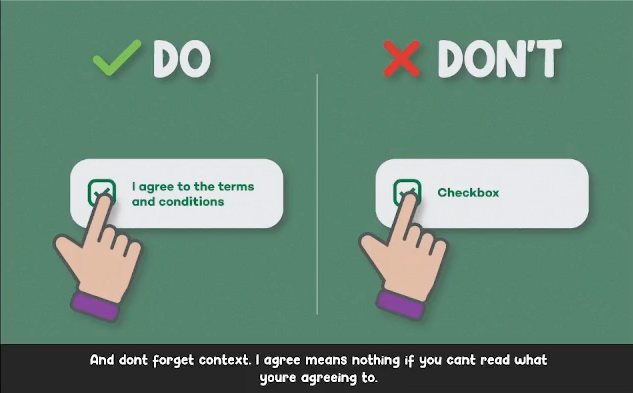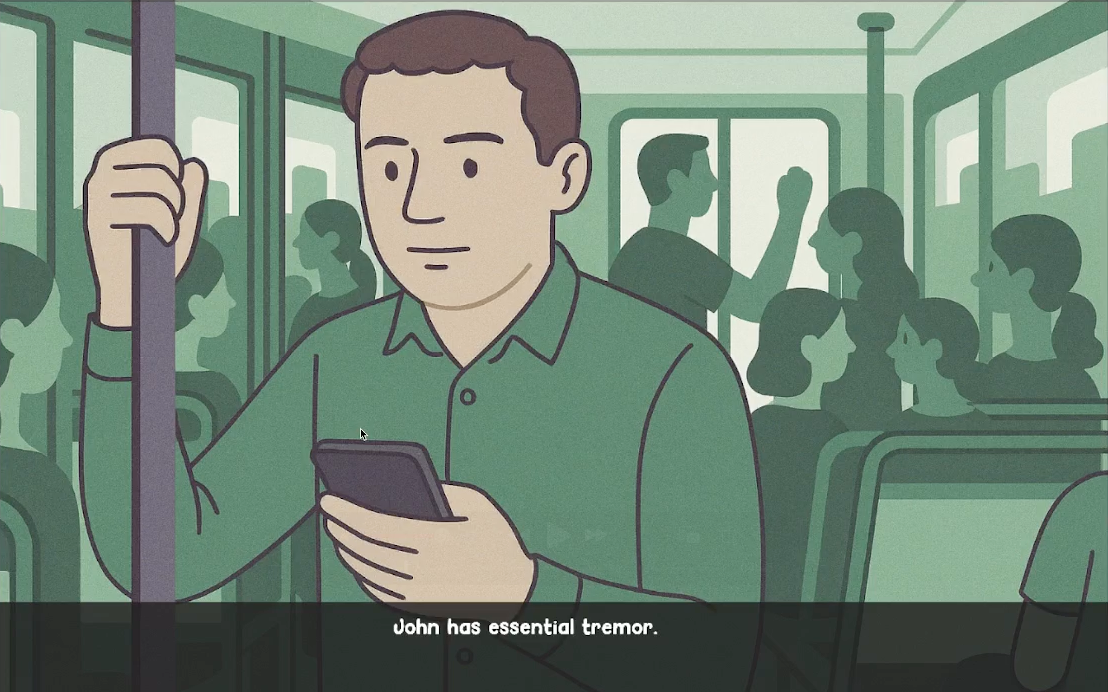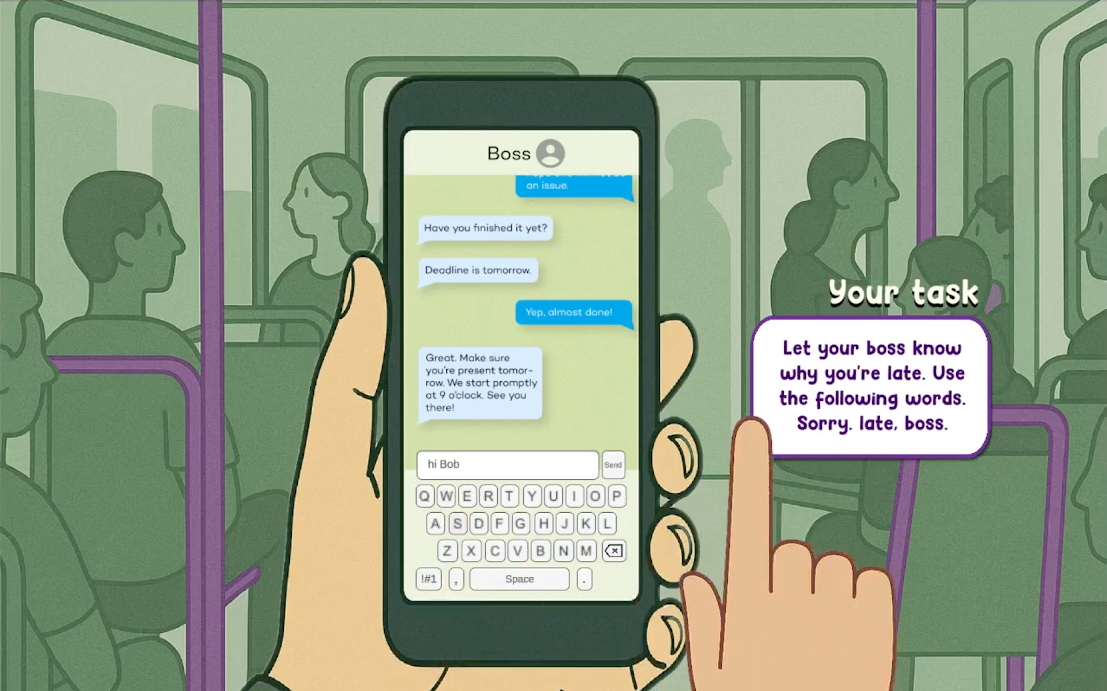For my graduation project at Communication and Multimedia Design (CMD), I worked with Cardan Technobility to create an interactive digital experience that helps designers and developers better understand the importance of digital accessibility.
With the European Accessibility Act coming into effect in June 2025, it’s more important than ever that digital products are accessible to everyone. But many makers still don’t fully realize the impact of inaccessible design. That’s where this project comes in: by letting users feel what it’s like to navigate the web with a visual, motor, or auditory impairment.
The result? A playful, short experience that makes you stop and think—and hopefully, take action.



For this project, I started by diving deep into the topic of digital accessibility. I talked to developers, designers, and people with disabilities to better understand both the technical challenges and the real-life frustrations people face online. Those conversations were eye-opening, and really helped me define what this experience needed to do: not just explain accessibility, but let people feel what exclusion is like.
From there, I started designing and prototyping a series of short games in Unity. Each one simulates a different kind of limitation: like trying to use a busy website with tunnel vision, or playing a platformer without being able to rely on color. I focused on keeping things short, intuitive, and even a bit fun, while still getting across the message.
Throughout the project, I worked closely with Cardan Technobility, my client and partner, to make sure the experience aligned with their mission. I tested the prototypes with users, collected feedback, and kept iterating until the experience felt just right.
This project let me bring together everything I love: storytelling, interaction design, and games that actually make a difference.




The final product is a short interactive experience where users face common accessibility barriers—like trying to navigate with a visual impairment or sending a text message with a tremor. It’s frustrating by design, making users feel the impact of exclusion firsthand.
Instead of just sharing facts, the experience builds empathy. That emotional connection helped users rethink their own design choices. Feedback was very positive, and Cardan is planning to develop and implement the concept. For me, it was a meaningful way to apply my skills and create something with real social impact.